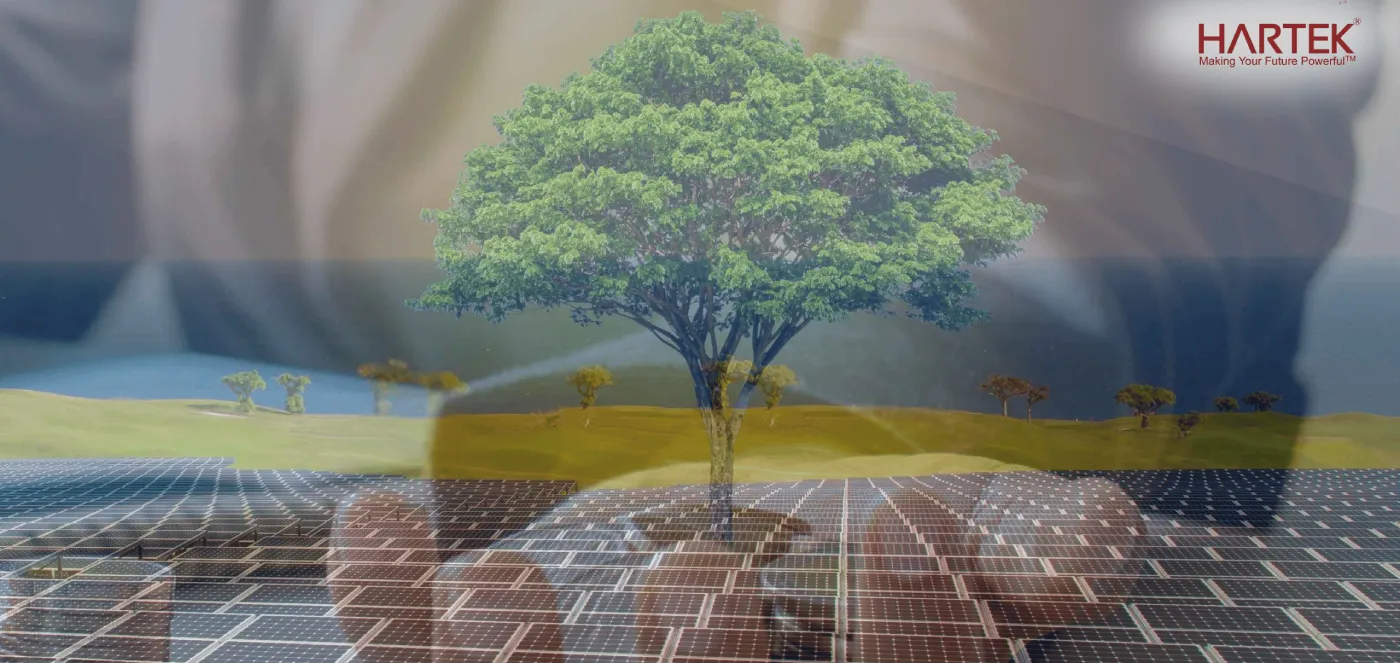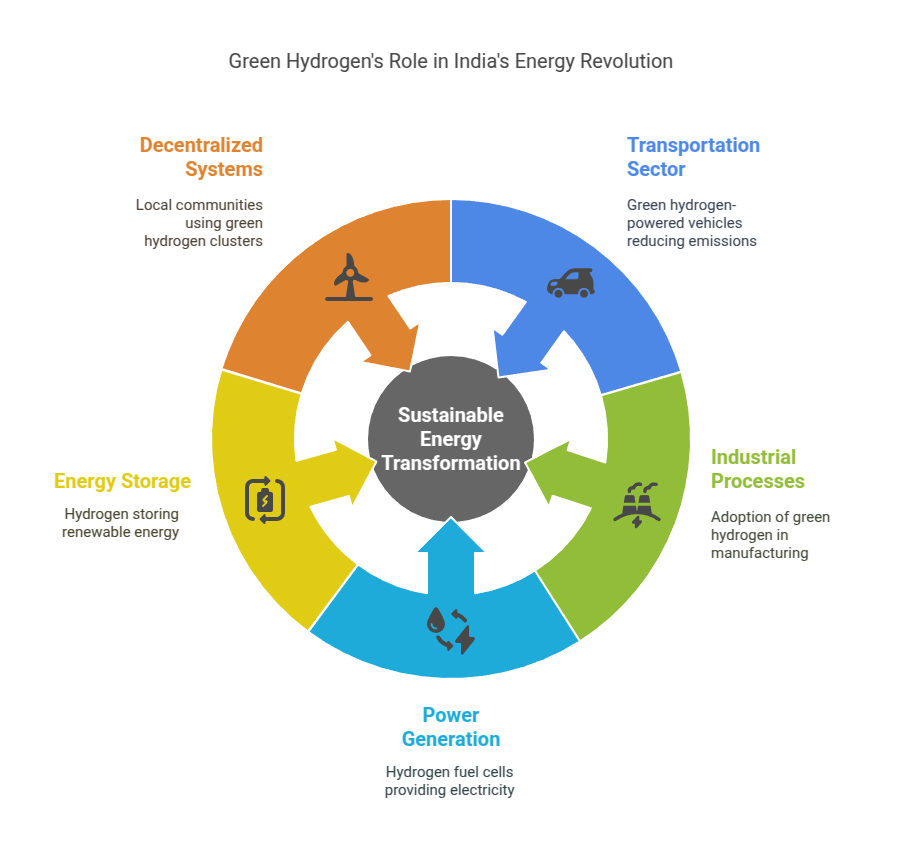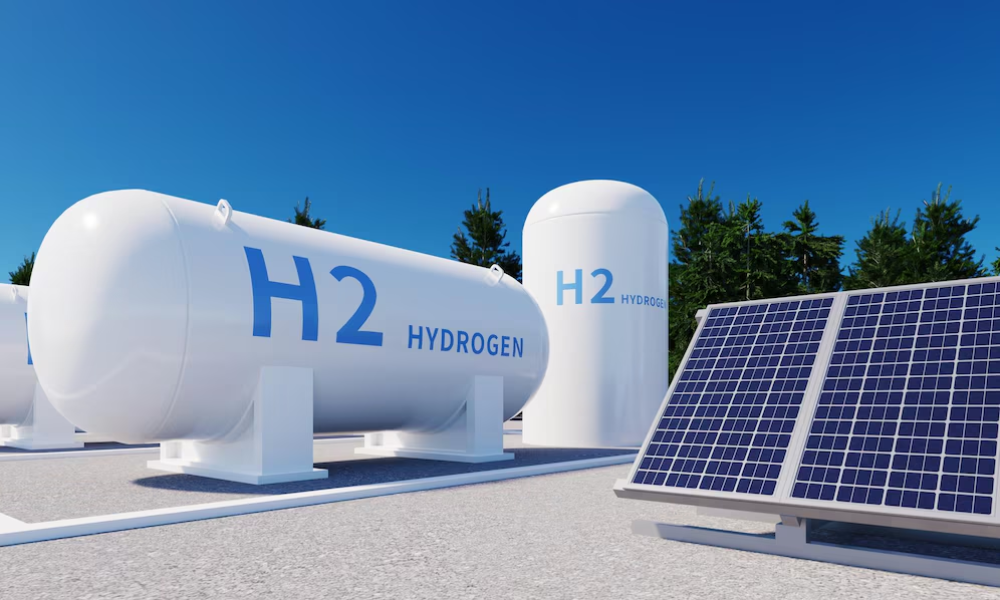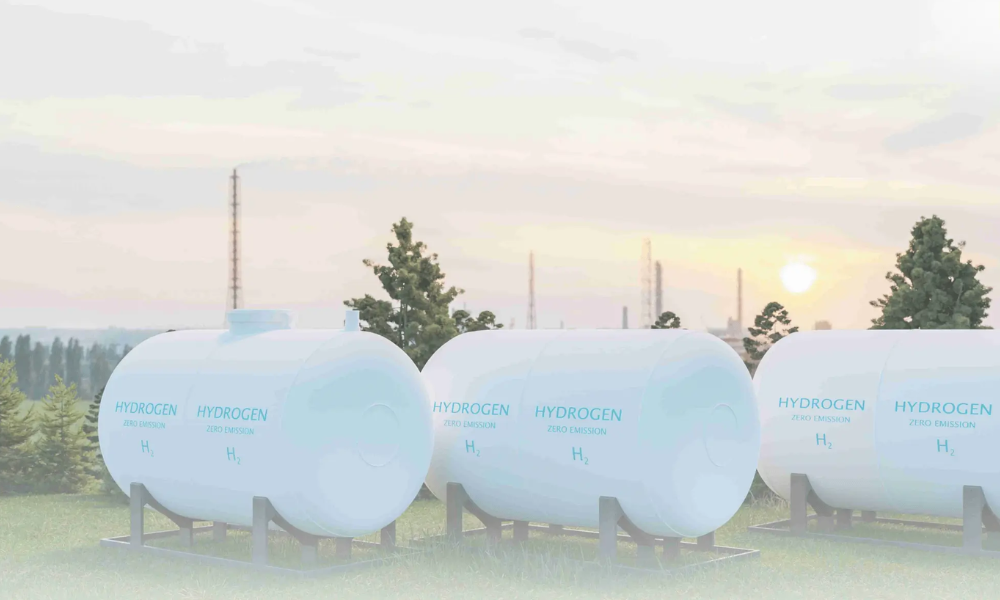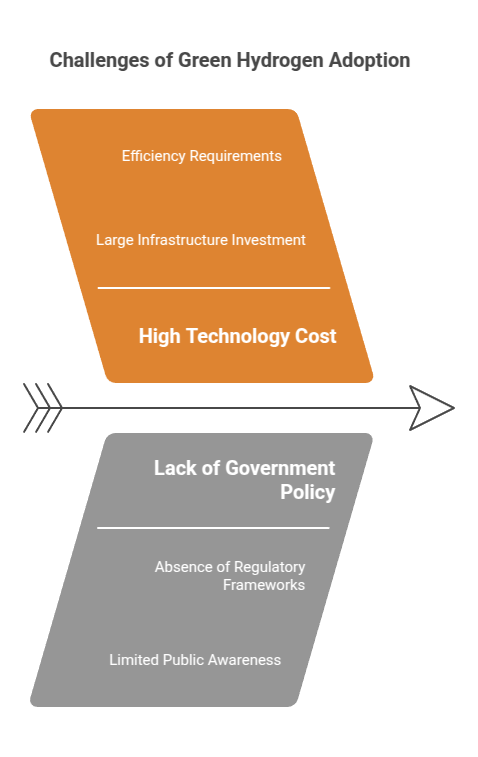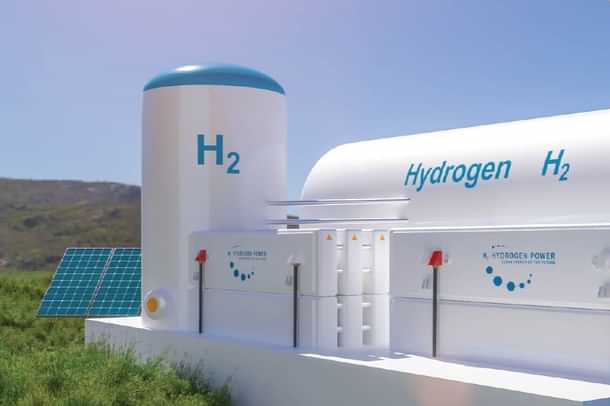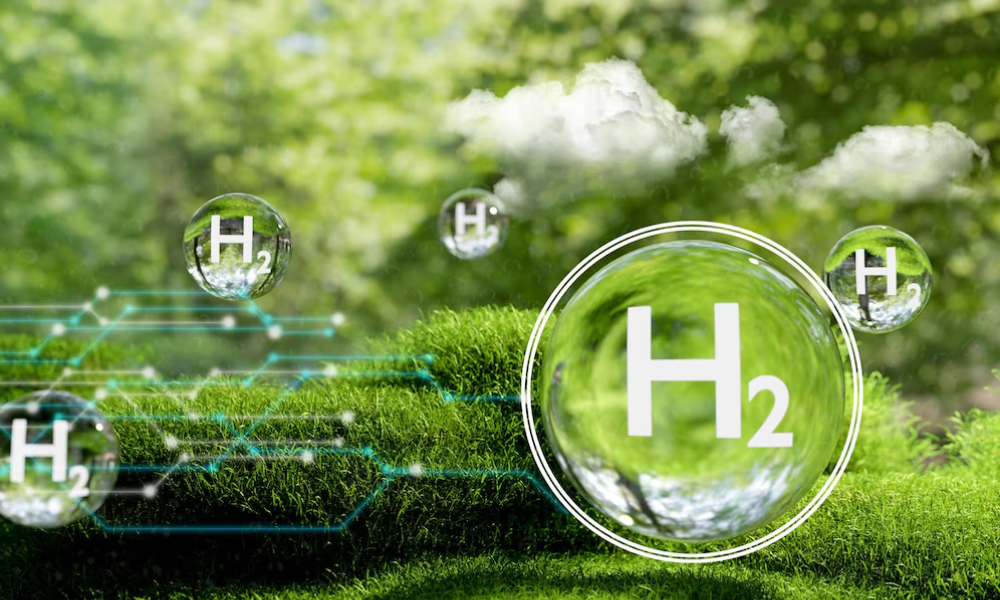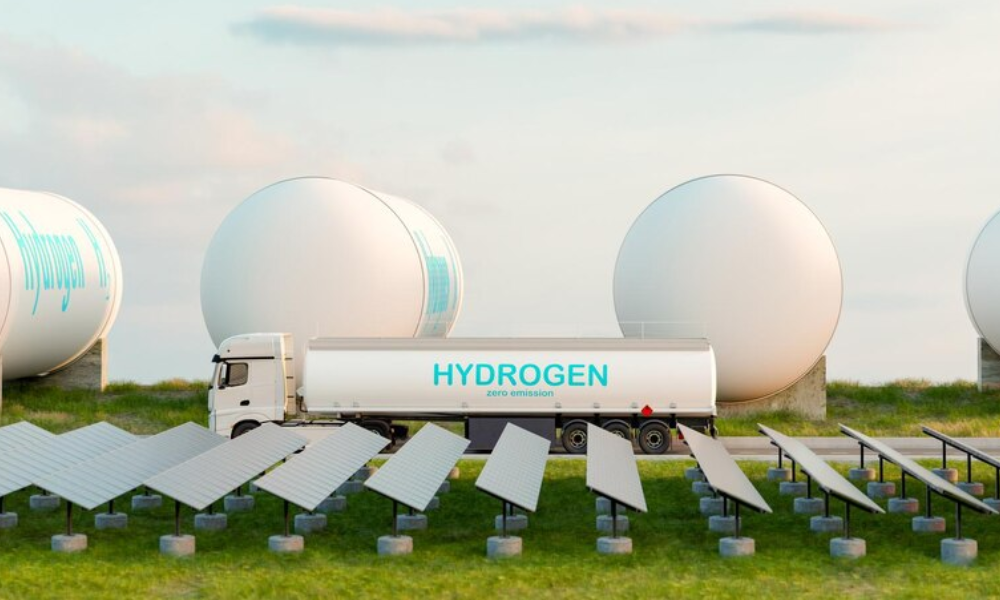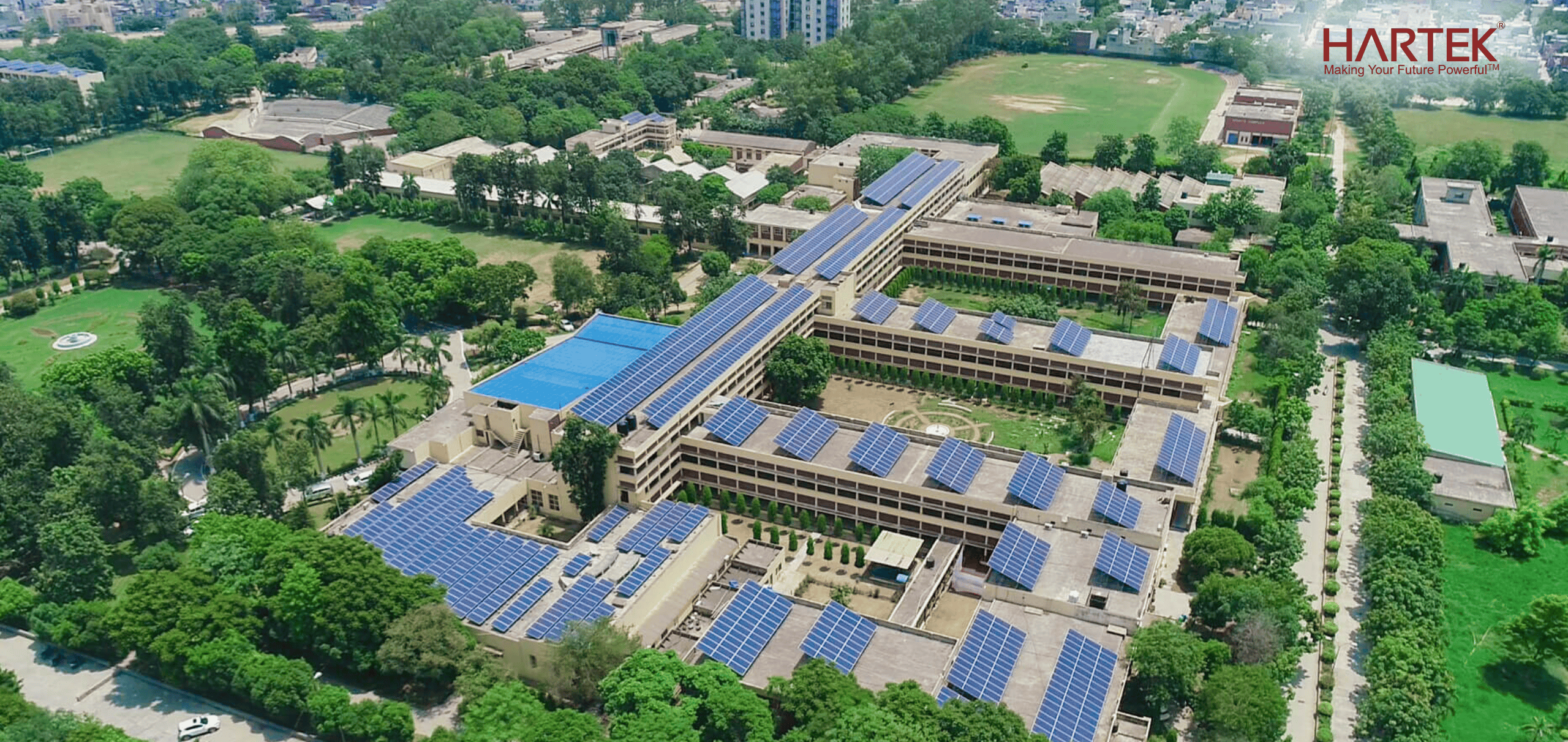According to Bloomberg NEF report, India has overtaken China as the destination suitable for clean-tech funding. A groundbreaking achievement, in Q3 2024, for the first time, India secured $2.4 billion in renewable energy investments. This milestone demonstrates India’s dedication to sustainable development and shows its increasing impact on the worldwide shift to clean energy.
The momentum of India’s renewable energy is a testament to how rising economies can greatly advance the global effort to tackle climate change. In this blog, we will discuss exactly that: the forces that drive our country’s development, the laws that influence this course, and its effects on India’s economy and environment.
India’s Achievement in Renewable Energy Investments
With a rise in renewable energy, India marks a significant turning point in its journey towards sustainability. The country overtook China —a long-time leader in green energy funding. This reflects India’s undivided focus on innovating clean energy.
Here are some key data and trends to mark that achievement:
- Securing deals worth $2.4 billion in renewable energy investments in the third quarter of 2024 (India outpaced China’s $2.1 billion).
- This made India the second-largest market globally for clean technology funding, right after the U.S.
- Solar power remains the largest contributor, with India adding 13.2 GW of capacity in the first nine of 2024 alone.
This growth is an essential milestone. It showcases the country’s ability to scale renewable projects rapidly.
What is Driving India’s Growth in Renewable Energy Investments?
Come to think of it, what exactly is the driving force behind India’s growth in renewable energy investments?
It’s strategic planning, favorable policies, and rising private sector participation. But how did these come to be?
Government Initiatives
- Production Linked Incentive (PLI) Schemes: Incentivizing domestic manufacturing of solar panels and batteries, reducing reliance on imports.
- Renewable Energy Development Fund: Attracting investments through financial incentives and subsidies for installation of solar panels.
- National Solar Mission: Targeting grid parity with coal-based thermal power by 2030, forming the backbone of India’s renewable portfolio.
- Green Energy Corridors: Improving transmission capacity to facilitate large-scale renewable energy projects.
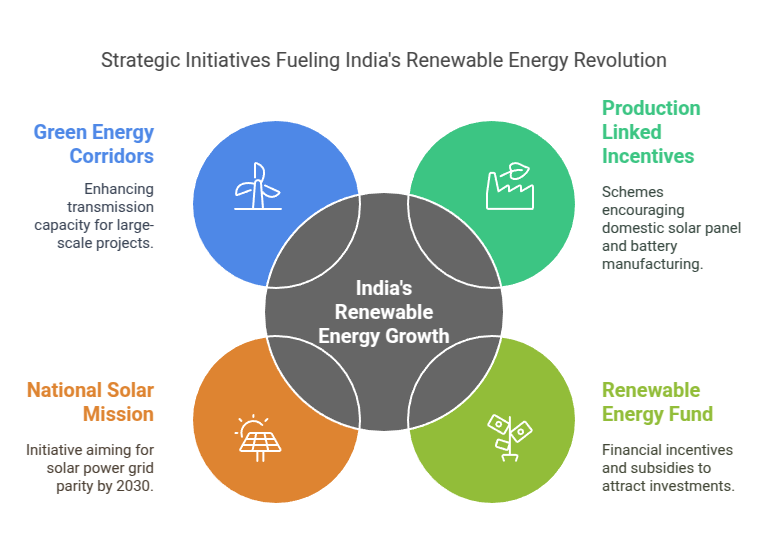
Private Sector and Global Investors
Private companies and global investors have acknowledged India’s significant potential in the renewable energy sector, leading to a surge in funding. Consequently, the country has fast-tracked the development of large-scale projects, including solar farms and wind energy installations.
Focus on Indigenous Manufacturing
India’s dedication to decreasing import reliance has fueled the expansion of domestic production. Efforts to locally produce solar components, batteries, and grid technologies have strengthened the renewable energy potential in india.
Scaling Clean Energy Capacity: India’s Renewables Revolution
If you look at India’s clean energy revolution, you will find that there has been a significant clean energy capacity expansion in the solar, wind, and hydropower sectors.
Current Achievements and Future Targets
- In October 2024, India’s renewable energy capacity reached 203.18 GW, comprising over 46.3% of its total energy mix.
- The government aims to achieve 500 GW of renewable capacity by 2030, making it one of the most aggressive clean energy capacity goals globally.
- Solar power continues to dominate, contributing up to 60% of new installations this year.
Breakdown by Sector
- Solar Power: Rooftop and utility-scale projects have driven the rapid expansion of solar energy.
- Wind Energy: Coastal wind farms in states like Tamil Nadu and Gujarat are contributing to consistent energy generation.
- Hydropower: Large-scale dams and micro-hydro projects are vital for balancing renewable energy supply.
India’s journey in renewable energy showcases a strong combination of infrastructure growth and innovative policies.
What is the Economic and Environmental Impact of Renewable Energy Investments?
India’s investments in renewable energy bring significant economic and environmental advantages.
Economic Benefits
- Job Creation: The renewable sector has created over 1.6 million jobs in the past five years, offering opportunities in manufacturing, installation, and maintenance.
- Industrial Growth: Local industries, from component manufacturing to energy storage, have seen significant growth, reducing reliance on imports.
- Energy Security: Renewable energy investments reduce dependency on fossil fuels, enhancing national energy security.
Environmental Impact
- Reduced Carbon Emissions: By transitioning from coal to renewable sources, India has significantly cut emissions, aligning with global climate goals.
- Sustainability Leadership: India’s commitment to achieving net-zero emissions by 2070 demonstrates its leadership in combating climate change.
HARTEK’s Contributions to India’s Renewable Energy Growth
As a key player in renewable energy infrastructure, HARTEK has played a crucial role in facilitating India’s shift towards clean energy. Here’s how HARTEK has made an impact:
Power Systems and Grid Modernization
HARTEK focuses on upgrading India’s power systems to effectively incorporate renewable energy into the national grid. Their cutting-edge grid solutions have improved the reliability of energy distribution and minimized transmission losses.
Solar Rooftop Adoption
HARTEK has broadened access to clean energy for commercial and industrial users through innovative rooftop solar projects. These initiatives not only boost adoption rates but also help lower overall energy costs for consumers.
Sustainability-Focused Vision
HARTEK’s commitment to renewable energy is in line with India’s larger sustainability objectives. By focusing on innovative technology and teamwork, the company is influencing the future of clean energy in India.
India’s Renewable Energy Outlook
India’s journey in renewable energy showcases the power of thoughtful planning and creative implementation.
Future Projections
- By 2030, attempting to achieve 500 GW of renewable energy capacity.
- Leveraging indigenous manufacturing to dominate global renewable energy supply chains.
- Positioning as a leader in global climate change mitigation by achieving net-zero emissions by 2070.
For businesses, investors, and stakeholders, India’s renewable energy sector offers unparalleled opportunities for growth and collaboration.
Wrapping Up
India’s emergence as a leader in renewable energy investments highlights its commitment to building a sustainable future. By expanding clean energy capacity and fostering policy innovation, India is not only addressing its own energy requirements but also making a substantial contribution to global climate objectives.
Companies such as HARTEK play a crucial role in this endeavor, ensuring that the progress made is both inclusive and meaningful. We ensure that the renewable energy potential in India keeps reaching the rights, bringing progress to the country.
Frequently Asked Questions
-
How did India surpass China in renewable energy investments?
India secured $2.4 billion in Q3 2024, surpassing China’s $2.1 billion due to strong policies, private investments, and domestic manufacturing. -
What are the key policies driving India’s renewable energy growth?
Initiatives like the PLI scheme, National Solar Mission, and Green Energy Corridors support solar and wind power expansion across the country. -
What is India’s renewable energy capacity target for 2030?
India aims to reach 500 GW of renewable energy capacity by 2030, with solar and wind energy playing a dominant role in this transition. -
How does renewable energy investment impact India’s economy?
It boosts job creation, strengthens energy security, and supports local industries, reducing reliance on fossil fuels and imports. -
What role does HARTEK play in India’s clean energy growth?
HARTEK enhances grid modernization, promotes rooftop solar adoption, and develops sustainable energy solutions to drive India’s green transition.

